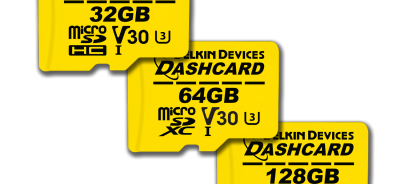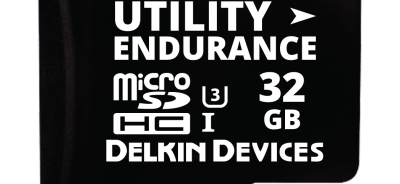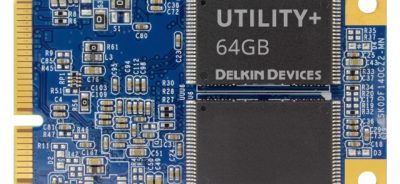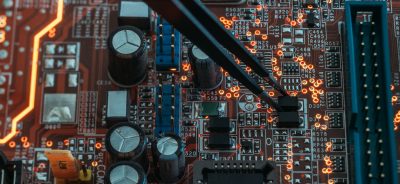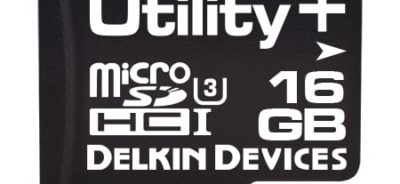Temperature and SLC NAND Flash Memory: What You Need to Know
NAND flash memory is the preferred form of storage for everything from consumer smartphones to medical devices and airplane entertainment systems. Of course, though flash memory is widely used in countless devices, the operational and temperature needs of those applications vary dramatically. To meet these needs, there are multiple kinds of flash memory available. Industrial OEMs and designers almost always opt for SLC NAND flash memory. SLC stands for single-level cell, which is so named because only one bit of data is stored per cell. There are several advantages to SLC NAND flash memory, but one of the most important ones is that it comes with an extended temperature range, which is critical to industrial applications. Here are the facts you need to know about temperature and SLC NAND flash memory.
Industrial SLC NAND Flash Memory Temperature Range
Most NAND flash memory products are rated to operate at temperatures ranging from 0 to 70 degrees C. This range is generally more than acceptable for devices used in consumer or commercial applications. Industrial applications, however, are frequently deployed in more extreme conditions. As such, they require an extended temperature range.
The temperature range for SLC NAND flash memory is -45 degrees C to 85 degrees C for operational purposes; the range is even larger for storage conditions. This feature lets operators feel confident that data loss and other functional issues—whether affecting read and write operations or previously stored data—won’t occur in response to extreme temperatures.
Rugged Operating Conditions in Industrial Applications
Temperature is a significant concern for industrial applications because of the rugged environments in which they are used. Automation devices with embedded NAND flash memory are often used in machinery that reaches high temperatures while in operation. Flash memory that is built into transportation applications, such as those used in airplanes or trains, not only face extreme temperatures, but also temperatures that fluctuate rapidly. As such, SLC NAND flash memory with its extended temperature range is critical for these devices.
It is also important to note that failures in industrial devices are extremely costly, and may even be dangerous. For instance, if a medical device failed because of a temperature issue affecting the embedded memory, patients’ health could be at risk. Similarly, failures in transportation applications could lead to dangerous conditions for passengers. However, because industrial devices are often costly themselves and critical for consistent operations in many businesses, taking a risk on temperature-related memory failures is just not worth the potential loss, even when those failures aren’t dangerous.
Other Benefits of SLC NAND Flash Memory
Its extended temperature range is what leads many OEMs and designers to choose SLC NAND flash for their embedded memory. However, there are other benefits to consider as well. SLC flash memory has the longest operating lifespan of any flash memory, so it doesn’t require frequent replacement or recertification—which can take a year or more for some applications.
Industrial SLC flash memory also comes with lifecycle management and a locked BOM, or bill of materials. These features allow OEMs to plan for changes in embedded memory before any failures occur unexpectedly, saving both time and money for operators. Extensive customization options are also available.
Don’t take the risk of relying on embedded memory that isn’t rated to operate in the conditions in which it is being used. Contact Delkin today to learn more about temperature and SLC NAND flash memory, as well as our customization options. Our team will take the time to understand your device and how it is used. Then, we’ll help you find the right memory solutions for your needs.
ORDER DELKIN INDUSTRIAL FLASH STORAGE TODAY through our distribution partner Newark.
For Europe Contact Our Partner Farnell
 Login
Login Register
Register



